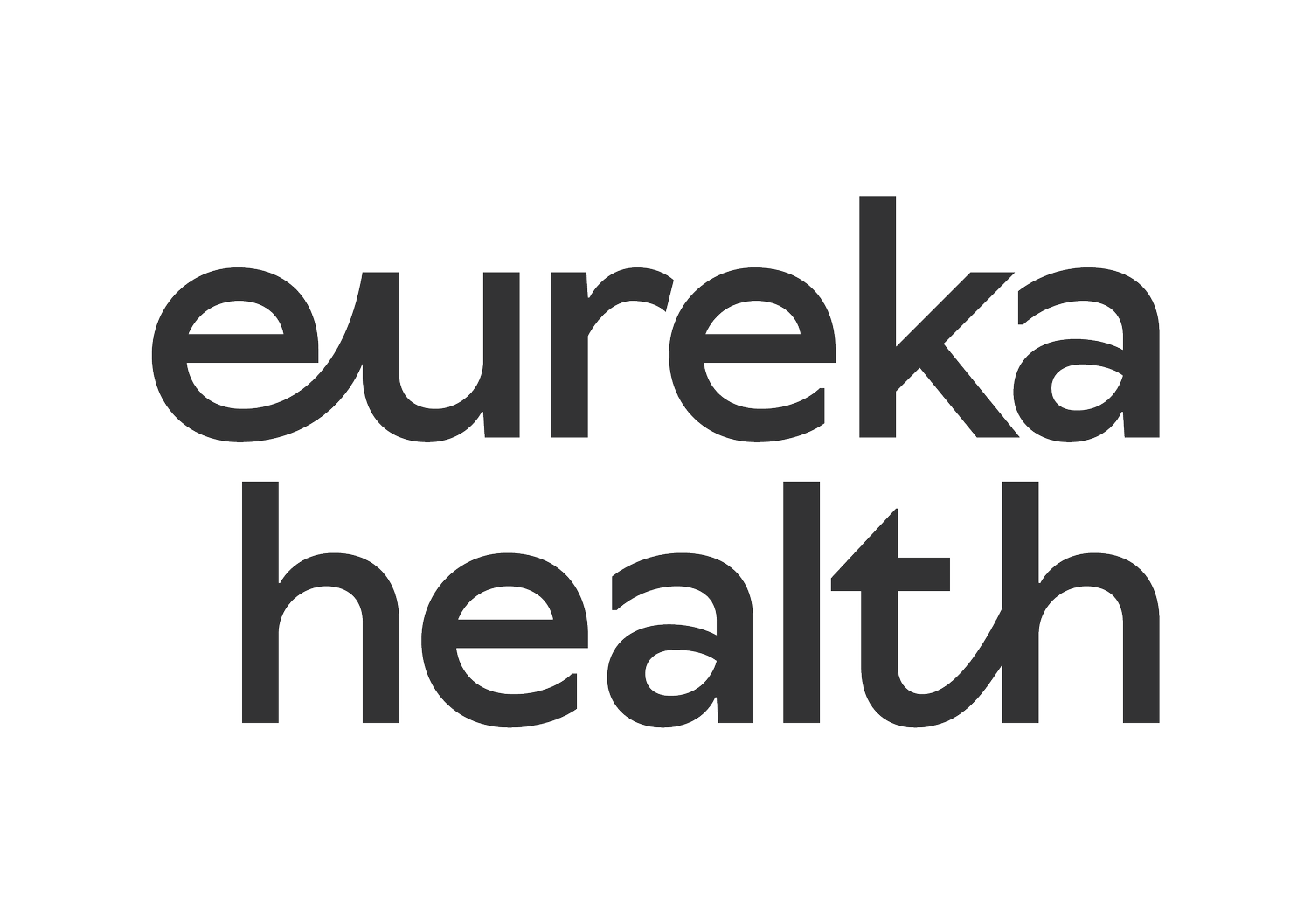Endometriosis and the role of osteopathy in managing pelvic pain
Endometriosis is estimated to affect 1 in 10 women during their reproductive years. It manifests through a spectrum of symptoms, with pelvic pain being one of the most common. Historically, investment in research on endometriosis has been low and our understanding of the condition has been poor. Slowly things appear to be changing and women are able to access a variety of health professionals and treatment options to manage their symptoms.
What is endometriosis?
Endometriosis is a condition where the current theory is that tissue similar to the lining inside the uterus is found outside the uterus, causing a chronic inflammatory reaction. Broadly, the symptoms of endometriosis fall into two main categories: pain & infertility. Pelvic pain, especially during menstruation, is a hallmark of the condition, often significantly impacting the quality of life of those affected. This can extend to pain with urinating, bowel movements, sex and ovulation.
Currently the only certain way to diagnose endometriosis is via a laparoscopic procedure (a surgical operation under a general anaesthetic). Some clinicians will diagnose suspected endometriosis using a combination of examination, symptoms and ultrasound. Other times, medication may be used as a diagnostic test and treatment in one.
What are the treatment options?
Treatment falls into three categories:
Medical treatments (medications)
Medications may be hormonal (eg daily hormonal pills or longer lasting progestogens) or non hormonal (NSAIDs or pain relief)
Surgical treatments (involving an operation)
Complementary treatments (osteopathy, physiotherapy, psychology, complementary medicine, etc.)
The osteopathic approach
Osteopathy, with its holistic view of health, offers a complementary approach to managing pelvic pain associated with endometriosis. Osteopaths apply a range of techniques tailored to the individual’s needs, focusing on improving mobility, alleviating strain patterns in the body, and supporting the body’s natural healing processes. Our pelvic health trained clinicians at EH may also offer internal release of pelvic floor muscles
Here are some ways osteopathy may help those experiencing pelvic pain due to endometriosis:
Enhancing circulation: Osteopathic treatment aims to improve blood flow and lymphatic drainage in the pelvic area, potentially helping to reduce pain and inflammation.
Improving mobility: By addressing restrictions in the body’s mobility, osteopathy can help reduce the physical stress on the pelvic region, alleviating discomfort.
Supporting pain management: Techniques used in osteopathy can help manage pain through both direct and indirect methods, potentially offering relief from the chronic pain associated with endometriosis.
Education on how the brain works when it comes to endometriosis pain. Retraining thoughts and learning helpful techniques to calm down your nervous system.
Exercise advice and modifications
Addressing pelvic health complaints: addressing bladder and bowel dysfunction, painful sex. Our pelvic health clinicians will help to explain and address these specific complaints.
If is important to note that there are two aspects to the endometriosis pain - the stimulus (or cause) of the pain, and the perception of the pain, which occurs in the brain.
Surgery often aims to remove the cause of the pain, but sometimes pain can still remain, or can return quickly, even in the absence of endometriosis. This is because chronic pain is a complex condition that involves the brain. You can read more about the neuroscience of chronic pain in our series of blogs here
If you would like us to be part of your endometriosis care team, you can book an appointment here.
*Eureka Health acknowledges people in the transgender community and people who are intersex, non-binary and gender diverse who are living with endometriosis and may not identify as women.


